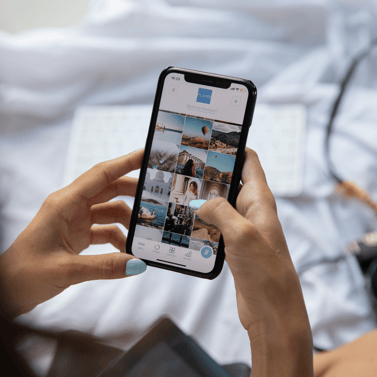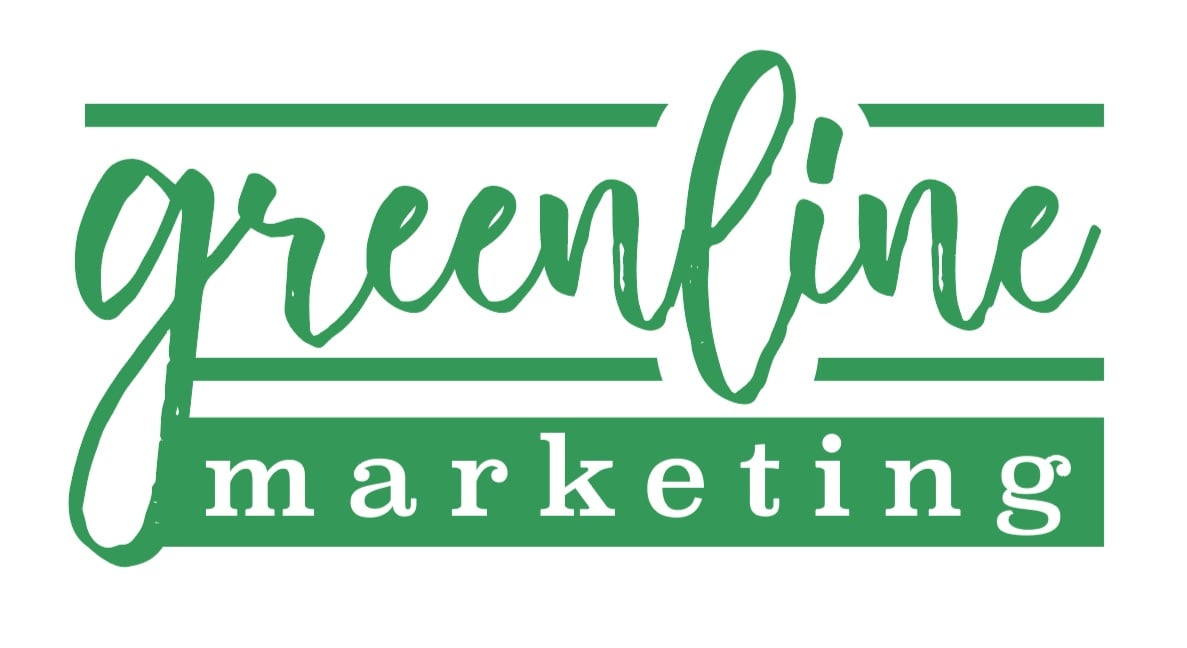Personalization matters more than ever before. Consumers want to see personalization everywhere, not just in real-time interactions. Digital personalization is creating the best possible user experience both through the web and mobile interactions. McKinsey and Company did some research and they found that 71% of consumers expect companies to deliver personalized interactions.
What is Personalized Marketing?
Personalized marketing is much more than just inserting the customer name into the same marketing email that goes to all of your contacts. Personalized marketing is reaching the right person, at the right moment, with the right message and the right meaning. So much so that 90% of consumers claim they find personalization appealing. A few years ago, this would’ve sounded impossible, but with all of the digital advances we’ve seen in the last 10+ years, it’s definitely achievable.

Creating a more personalized experience starts with looking at your digital marketing strategy, mainly how you evaluate your success leveraging analytics. Using the insight gleaned from data and analytics creates more tangible and actionable steps to make marketing messages and product experiences feel unique to each customer. Creating a personalized marketing experience focuses on tailoring your marketing based onthe data you collect. Buyer personas are a good place to start thinking about personalization because they (should) focus on interests, preferences, purchase history and habits, and more. When you use this insight to customize your content via email, social media, and other marketing platforms, it’s your personalized content marketing strategy hard at work.
What Makes Personalized Marketing Experiences Stand Out?
Personalized marketing is about standing out and connecting on a new level with your audience. This stat from HubSpot speaks for itself; 99% of marketers say personalization helps advance customer relationships. Connecting with clients and creating a unique experience depends upon reaching them in the right circumstances.
-
The Right Message

Providing relevant content is the biggest part of creating a personalized experience. Because personalized content is based on the unique journey of a customer, its message is more likely to resonate with them.
-
The Right Moment
Content relevance is crucial, but delivering it at the right time is just as impactful. Studies have shown that remarketing works.Think about when you are online shopping, or even just browsing, and you get sidetracked … These distractions are everywhere, whether it’s your boss walking in, a phone call, or any sort of ping, ding, or ring. Whatever the reason may be, remarketing re-engages the audience when it’s done right. It’s that little nudge saying “Hey, don’t forget about this, you were looking at this earlier.” -
The Right Meaning
People aren’t always sure what product to purchase, and sometimes they don’t even know they need something before they see it. Providing valuable suggestions to your audience is key to connecting with their needs. Shoppers don’t just benefit from reminders of products and services they’ve already looked at, but also of new ones they may not have realized exist. These could be add-ons, upgraded versions, or related content. Once you’ve anticipated your prospects’ needs, the next step is showing them what they need before they need it, with emails, social posts, downloadable content, text messages, blog posts, and so on. This instills a level of trust in a brand if you provide good recommendations.
Personalized Marketing in Action
Knowing your customers is essential to personalization. At every touchpoint throughout the buyer’s journey, you should be asking yourself: What is the customer looking for? Getting to know your audience through CRM analytics is helpful data that you can always fall back on. But it’s important to note that 60% of millennials said they would not hesitate from sharing personal information in order to receive offers and messages to suit their personal interests. So don't be afraid to ask your audience through polls and forms! This data gives you the power to predict what your audience will be looking for next. 
Personalized Social Media Strategy
Social media has become highly personalized. Almost every platform has some rendition of personalized recommendations and a “trending” bar. Both of these are tailored to the behavior of platform users. Even Meta has software that implants on the back-end of a web page so that marketers can target people who didn’t convert right away. Other examples of increasing personalization are increasing engagement with your audience directly through geo-filters, location search, Q/As, polls, live streaming, and even the emoji slider on Instagram. This information can then be collected and used for more personalized content in the future.
Personalized Email Strategy
Customers are 29% more likely to open personalized emails. It doesn’t end there, personalized emails drive 6x times more sales than generic ones. Email marketing is a goldmine when it comes to curating personalized content. Email is one of the most non-invasive platforms, not to mention how easy the content is to consume. Emails are one of the easiest ways to engage users through a customizable experience and collect more data as well. By using dynamic content, email subscribers can receive offers uniquely tailored to their demographics, psychographics, and behavior.
Personalized Web Strategy
Rather than providing a single, broad experience, website personalization allows companies to present visitors with unique experiences tailored to their needs and desires. The first piece of personalizing your website experience is finding the right people by discovering audiences. This starts with SEO (Search Engine Optimization). Targeting visitors based on what they search for, and later on the actions they take on your site will help you start to implement a personalized website experience. In order to create this experience, you have to stay on top of the data you are collecting through CRM. Managing your measurement strategy and working to improve the quality of your content is a must. Not every personalized experience will resonate, so it’s important to always understand how these experiences are performing and switch gears.
Why is Personalization the Future of Marketing?
With the rise of personalization, consumers are becoming more interested in a unique experience. This means that your audience is typically becoming less impressed with generic marketing strategies.: Impersonal experiences frustrate 75% of customers. But the upside is that over 70% of shoppers respond to marketing when it’s customized to their interests. The amazing tools available to achieve personalization will make all the difference in your marketing efforts.
The First Step to Personalization: Customer Relationship Management Software (CRM)
Your CRM is home to all of your customer information. Anything you learn about a lead should be kept here. When you connect this data and implement it into your marketing efforts, voila! Personalized marketing can be achieved. This allows your other things like a post-click landing page platform to generate prospect information, and, in turn, you can use it to personalize content.
Your personalization strategy should encompass every platform, and your CRM should reflect all that you’ve learned about your prospects throughout their journey. After all, 80% of people say they are more likely to do business with a company if it offers personalized experiences. If you get to know your audience through the types of content they engage with, what their preferred method of communication is, and how they consume content, your personalization strategy will be golden. Successful personalization within each business looks different. But more or less it starts with being able to think ahead about what your audience is and will be looking for in the future.

.png)


